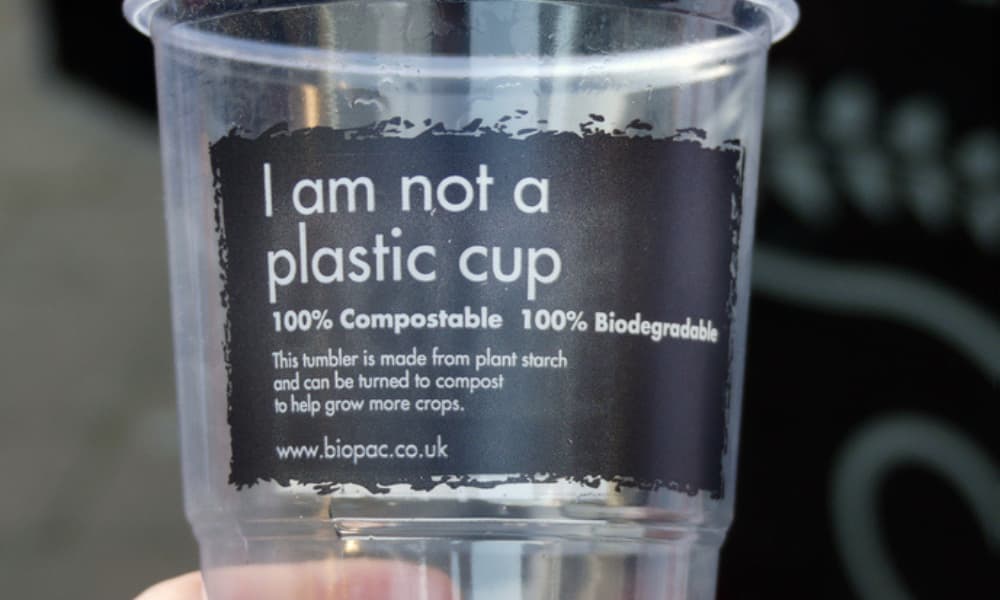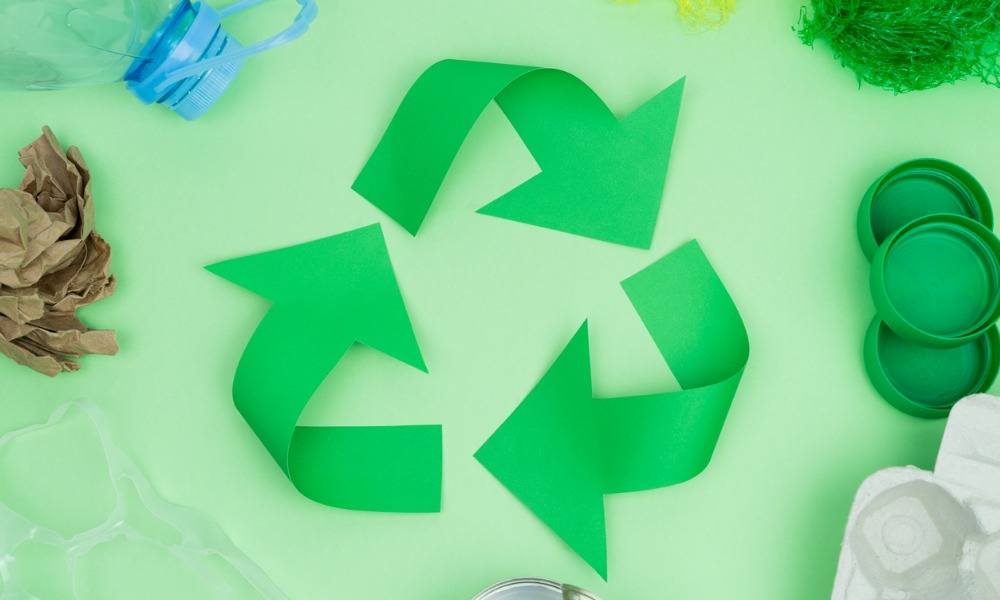While there have been countless innovations and inventions that have changed lives over the past century, the one thing that has touched almost everybody on the planet is plastic. It’s hard to find anything these days that doesn’t contain at least one plastic component. And though it’s true that it has had a positive impact in many areas of our lives, it’s no secret that plastic has also been highly destructive.
In addition to rampant pollution – especially in our oceans – plastic is also a big contributor to climate change. According to the Organization for Economic Co-operation and Development, in 2019, plastic was responsible for 1.8 billion metric tons of greenhouse gas emissions. And by 2050, that’s expected to increase to 2.5 billion metric tons.
While we’ll never be able to quit our reliance on plastic, the good news is that we may be able to start using other types. Here we discuss the different options and what they could mean for the environment.
Bioplastics
The reason plastics are so harmful is that they’re so long-lasting. Mostly made from petrochemicals like petroleum, it would take half a millennium for one plastic bag to break down. But what if we could make plastics from chemicals that would break down much faster? That’s the idea behind bioplastics. These are made from more natural materials – like corn starch – and they can create products that look and feel exactly like the ones made from regular plastic.
In addition to breaking down a lot quicker, bioplastics only take 1/3 of the energy required to make traditional plastic. Plus, when they do break down, they don’t produce a net increase in carbon emissions. This is because the plants used to make them absorb the same amount of carbon dioxide. According to a study, if the U.S. switched to bioplastics, we’d be able to reduce our greenhouse emissions by about 25 percent.
Another benefit of bioplastics is that, for the most part, they are compostable, which means that they decay into natural materials that will blend into soil. While some bioplastics only break down at high temperatures or in biologically active landfills, others can break down in just a few weeks. Unfortunately, some can leave behind less-than-pleasant reminders, such as plastic fragments or even toxic residues.

Biodegradable Plastics
Unlike bioplastics, biodegradable plastics are still made from the same petrochemicals. They are, however, created with additives that cause them to decay a lot faster – as long as there is enough light, oxygen, heat, and moisture. The downside is that the substances they break down into aren’t always so harmless. They, too, can leave a toxic residue, which means that they aren’t typically suitable for composting.
It’s very possible that the supermarket you shop at uses bags made from biodegradable plastic. And while these may be better than regular plastic bags, they still might not be the best option. In addition to the composting issue, when they make it to the ocean (and a shockingly high number end up there), often the water is too cold to break them down so they could stay there forever. Or, if they do break down, they may produce plastic fragments that harm sea life.

Recycled Plastics
A third solution to the plastic problem could come in the form of tried-and-true recycling. This involves taking old materials that would go into the ocean or a landfill and using them to create new products. Unfortunately, while this sounds like a fantastic idea, it’s much easier said than done. One of the big reasons for this – perhaps unsurprisingly – comes down to money.
While many plastics can be recycled, only about 10 percent of the materials made have been recycled once, and only about 1 percent have been recycled twice. Says Kristian Syberg, who studies plastic pollution at Roskilde University in Denmark: “It is cheaper to just make a new plastic product than to collect it and recycle it or reuse it. That’s a systemic problem.”
Another big problem is that turning old plastic into something new may involve more energy than making new products from scratch, which means that, in some instances, recycling can actually be a bigger contributor to the climate crisis. So, it ends up being a lose-lose situation.
While we’re a long way from solving our plastic problem, perhaps these new materials and ideas will be a jumping-off point for more effective solutions down the road.
How do you think we should tackle this huge issue? Let us know in the comment section below, and be sure to share this article with your earth-conscious friends!